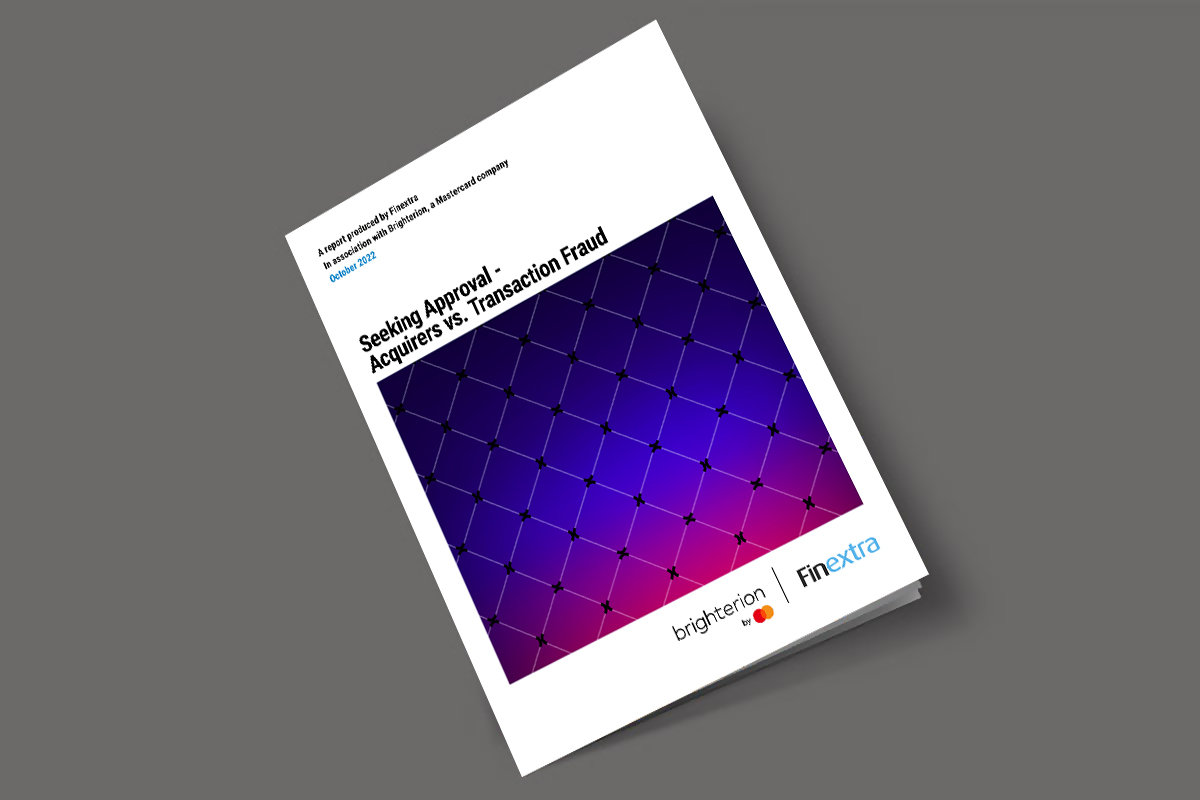
In the ever-evolving landscape of transaction fraud trends, one thing remains constant – criminal activities are focused on consumer trends for maximum return. The trend of increased online shopping and bookings has steadily increased since 2021 creating a flourishing environment for fraudulent activity.
Let’s explore six growing transaction fraud trends as the new year begins, preparing you to safeguard your business and customers.
A2A/P2P fraud
The rise of account-to-account (A2A) and person-to-person (P2P) payment services has not gone unnoticed by fraudsters. These direct payment methods, fueled by the convenience they offer, are gaining the attention of fraudsters. Armed with stolen account and user information, fraudsters are devising strategies to exploit this burgeoning payment landscape.
Small online businesses and local market vendors frequently opt for A2A payments. However, this choice comes with an inherent risk. Fraudsters, adept at pilfering credentials, can use stolen information to acquire goods they later peddle on the black market. In an environment where trust is paramount, businesses must remain vigilant to protect both their reputations and their customers.
Online travel bookings
Spending on experiences rather than luxury goods is a trend of 2023 we see carrying over to 2024. This presents an opportunity for opportunistic fraudsters. Counterfeit websites and deceptive social media advertisements are targeting travelers in search of attractive deals on flights and accommodations.
Alarming statistics from AARP indicate that at least 15 percent of online travel bookings are fraudulent if not made through reputable sources like airlines or established travel platforms. A parallel risk extends to ticket resellers for major events. Fraudsters craft enticing websites offering heavily discounted flights, two-for-one deals, and access to coveted events, such as Taylor Swift or Beyoncé concerts. These event tickets may be forgeries or legitimate ones acquired through stolen credit card details. When the fraud is inevitably uncovered, the purchased trip or event turns into a mere mirage.
Brushing scams
A familiar but resurging scheme in the world of transaction fraud is the “brushing scam.” This term encompasses the tales of unordered merchandise mysteriously appearing on people’s doorsteps, containing mundane contents like potato peelers or tennis balls.
E-commerce’s increasing popularity has breathed new life into brushing scams. Fraudsters establish websites to sell an assortment of products, shipping cheap, lightweight items to names and addresses gleaned from the vast expanse of the internet. These items are often meticulously packaged using materials from established sellers, such as Amazon. On the fake vendor websites, these fraudulent transactions show as legitimate sales, garnishing five-star reviews for the “received products.”
Victims often find their names on review sites, despite never having initiated the purchases. Unsuspecting shoppers, lured by these positive reviews, subsequently place orders for more expensive items. By the time they realize they have been trapped by a scam, the fraudsters have already collected substantial sums and vanished into the digital ether.
Collusion for transaction fraud
The term “collusion” carries weight in the world of transaction fraud. This sophisticated form of fraud occurs when merchants form alliances with fraudsters, resulting in dire consequences for payment acquirers. Imagine a scenario where a struggling online toy store processes a staggering $1,000,000 in sales during the holiday season. However, when products fail to arrive or are substituted with cheap alternatives, customers inevitably seek refunds. But by this time, the vendor has disappeared into the shadows, leaving angry customers in their wake.
Collusion occurs in various forms. It may involve two employees within a large corporation working in unison to divert a portion of sales revenue for personal gain, or it could be a criminal recruiting merchants into a web of deception, all in exchange for lucrative, tax-free sums. These covert collaborations often require time and advanced tools to be unearthed, making them a substantial threat.
Pig butchering
A particularly insidious form of transaction fraud that has gained traction is “pig butchering.” This scam, a masterclass in social engineering, plays the long game, making it especially effective when individuals may be grappling with financial constraints and searching for quick solutions.
In a “pig butchering” scheme, fraudsters employ intricate tactics to dupe victims into investing substantial sums of money. Victims are promised a high return on a short-term investment, such as cryptocurrency or mortgage investments. Scammers generously dole out impressive interest payments, enticing further investments from their targets. This process fattens up the unsuspecting investor, cultivating a sense of trust and fostering a history of legitimate returns. However, when the investor attempts to withdraw their funds, the fraudster vanishes into the digital abyss, leaving the victim empty-handed and betrayed.
Fraud that happens in multiples: card testing
During busy seasons, merchants may inadvertently overlook the subtle indicators of fraudulent activities. These include an unusually high number of orders originating from the same IP address, multiple failed login attempts for a single account, the use of lost or stolen credit cards, or a sequence of small transactions followed by a substantial purchase. While these signals may appear conspicuous in some instances, overwhelmed merchants often lack the resources and capacity for thorough manual reviews.
Vigilance and early detection are paramount for transaction fraud
In this ever-shifting landscape, vigilance and early detection are pivotal. The power of AI for fraud prevention has reached new heights. Industry leaders are training AI models using historical global intelligence, equipping them with the ability to predict and prevent fraud attempts earlier in the payment process. Organizations can significantly improve fraud detection knowing their solution will be monitoring all anomalous behaviors, including the latest transaction fraud trends.
Mastercard’s suite of AI fraud decisioning technologies is a prime example. With over 15 years of experience in identifying and preventing fraud in real time, Mastercard’s AI solutions have become the gold standard in transaction fraud prevention. AI has become paramount to both issuers’ and acquirers’ bottom lines while also protecting consumers and merchants from nefarious actors.
Both businesses and consumers must remain mindful of the ever-evolving marketplace, a realm where even fraudsters adapt and thrive. To effectively combat transaction fraud, we must harness tools that can recognize anomalous behaviors and stay one step ahead of the criminals.
Kerry Thomas is Senior Vice President, Fraud and Decisioning Products.
Discover more from reviewer4you.com
Subscribe to get the latest posts to your email.





